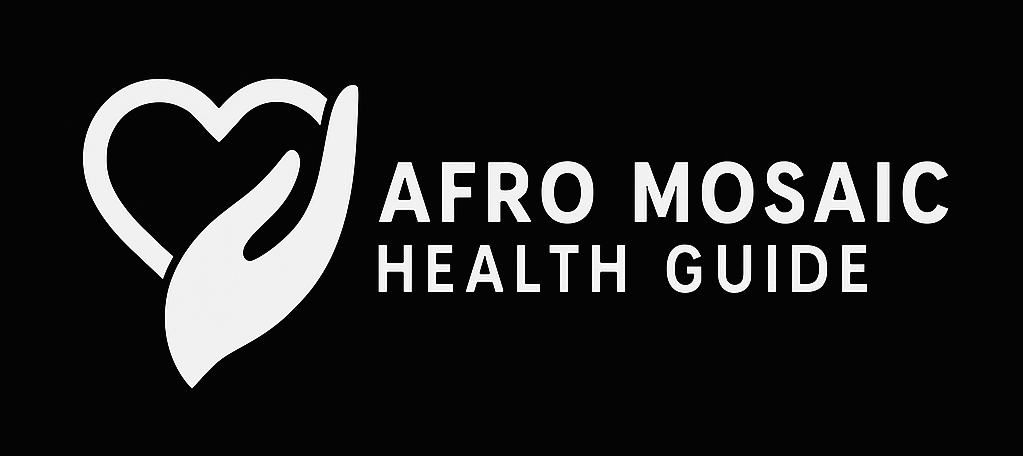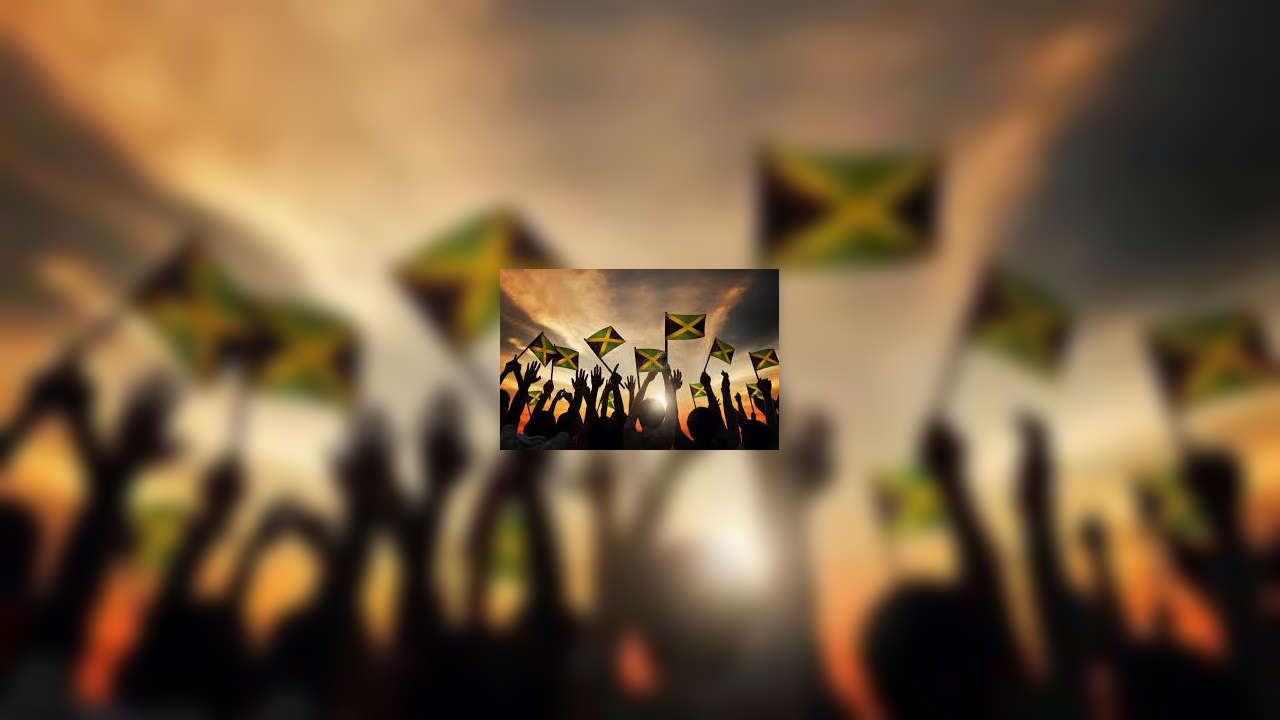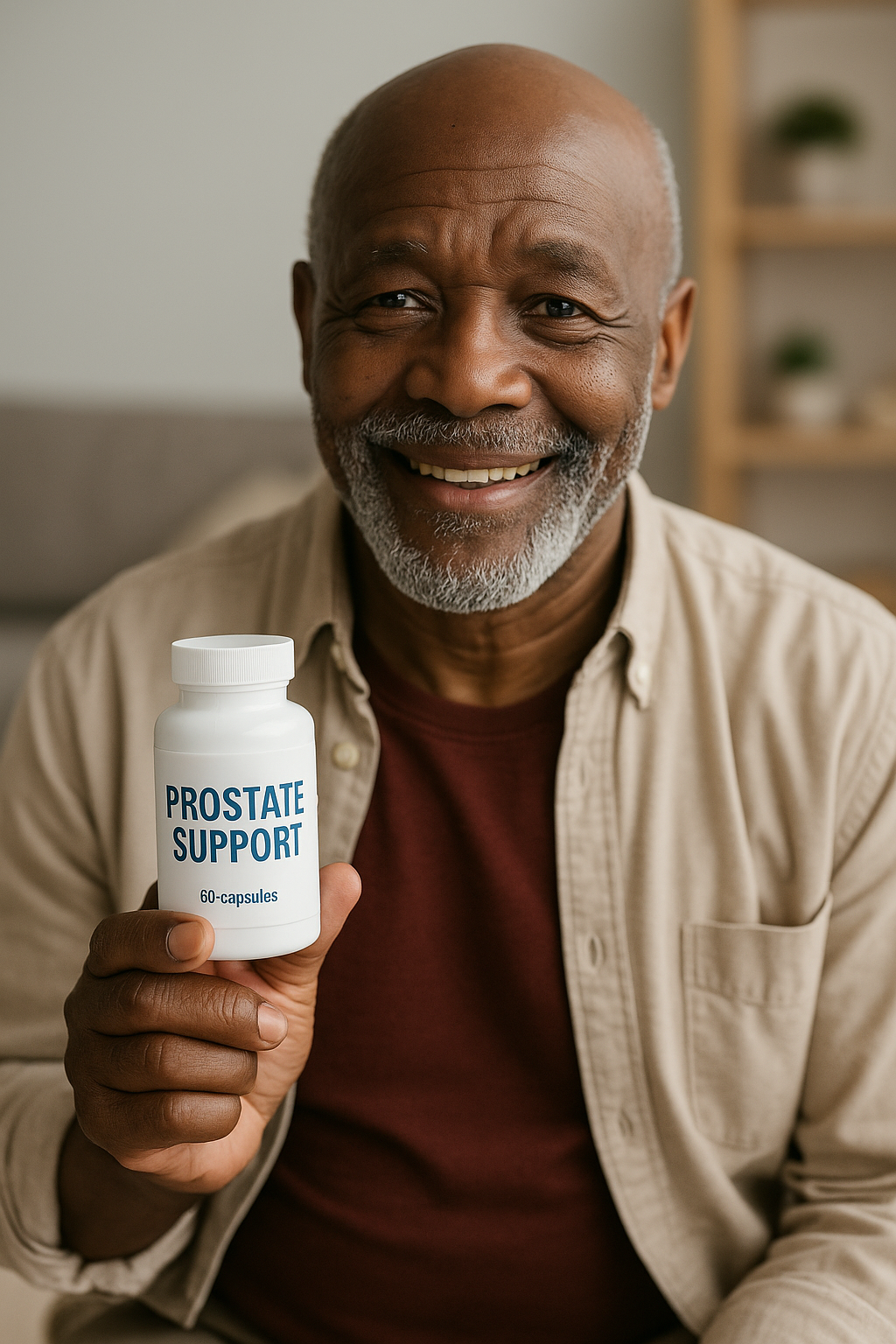Storms don’t wait for permission. They don’t respect dreams, history, or the rhythm of island life. They arrive uninvited — loud, violent, unforgiving.
That’s precisely what Hurricane Melissa did to Jamaica.

A Category 5 monster — one of the most powerful ever recorded in the Atlantic — slammed into the island with 185-mph winds, walls of water up to 13 feet high, and rainfall measured not in showers but in feet. It ripped apart roofs, drowned crops, crushed roads, and silenced communities by cutting power and communication to nearly a quarter of the country.
But here’s the truth: the storm didn’t expect.
Jamaicans are not easily defeated.
They may bend — but they do not bow.
This is the story of chaos, courage, and a recovery built on strength, science, and community. It’s about the real-time fight to protect lives — and the long game of ensuring Jamaica rises stronger than before.
When the Sky Turned Against Us: Immediate Impacts
Imagine hearing a wind so loud it feels like it’s yelling your name. Now mix that with mud-filled rivers escaping their banks, hillsides collapsing, and entire neighbourhoods swallowed by darkness.
That’s what Jamaicans faced.
1️⃣ Wind That Tore Through Communities
Roofs ripped away like loose paper. Concrete walls crumbled. Boats were hurled inland. In St. Elizabeth parish, even a hospital — built to be a safe place — was forced to operate at half-capacity, its own roof battered, its generator disabled by flying debris.
For many families, the walls they trusted… were gone in hours.
2️⃣ Flooding That Wouldn’t Stop
Melissa wasn’t in a hurry. She crawled. She lingered.
And because of that, Jamaica endured up to 30 inches of rain — turning farms into lakes, and hillsides into avalanches of mud. Lifelines — roads, bridges, phone towers — disappeared under water and debris.
First responders had to wait for the wind to calm before attempting a rescue.
3️⃣ Darkness, Disconnection, and Danger
240,000+ lost power even before landfall.
After the storm, a third of the island was in the dark.
Communities couldn’t call for help. Families couldn’t check on loved ones. Shelters swelled with nearly 6,000 displaced Jamaicans who escaped just in time.
And heartbreakingly, lives were lost. At least three deaths were confirmed in the first reports… and the numbers nearly always climb after storms like this.
The Red Cross warned that 1.5 million people — almost half the island’s population — were at risk.

The Fight to Recover: Immediate Government Action
When the winds slowed, Jamaica’s leaders didn’t wait for the sun to come out. They went to work.
Prime Minister Andrew Holness reset the nation’s priorities with one mandate:
Move fast. Protect lives. Rebuild smarter.
Here’s how:
✅ 1. Restore What People Need to Live
• Roads cleared by the Jamaica Defence Force
• Power lines and communication repaired by nationwide utility teams
• National Works Agency removing debris for access and emergency aid
Every road cleared is a lifeline reopened.
✅ 2. Relief for People Before Profit
The Ministry of Labour & Social Security led hot-meal distribution, shelter support, and family-by-family damage assessment.
Not someday. Immediately.
A national humanitarian support portal — Support Jamaica — enabled the diaspora and allies worldwide to send direct aid: food, water, and medical aid.
✅ 3. Guard Against the Next Threat: Disease
After a storm, mosquitoes take over. Dirty water spreads illness. So, Jamaica’s Health Ministry launched rapid vector-control campaigns to prevent outbreaks such as dengue fever.
Because surviving the storm isn’t the last risk — it’s often the first.
✅ 4. Getting Airports Back Online
Relief planes don’t land on hope. They land on runways.
So restoring the airports in Kingston and Montego Bay was a top priority — unlocking a corridor for international aid, medical teams, and supplies.
This wasn’t luck. It was planned.

How Do You Pay for a Crisis This Large? Jamaica Had a Plan.
Disasters hit hardest when a country is financially unprepared.
Jamaica refused to be caught off guard.
Before Melissa even formed, the government built a three-layer disaster financing system:
💰 Layer 1 — National Emergency Funds
• National Natural Disaster Risk Fund
• Contingency Fund
Money ready to go Day One.
🛡️ Layer 2 — Insurance That Pays Out Fast
Triggered when disaster thresholds are reached — no debates, no delays.
This includes coverage through the Caribbean Catastrophe Risk Insurance Facility, which is designed to deliver cash quickly to affected households and recovery agencies.
📉 Layer 3 — Fiscal Stability
Reducing national debt to create financial breathing room — allowing reconstruction without weakening the economy.
The strategy is simple, brilliant, and necessary:
If storms get stronger, recovery must get faster.

When the World Stepped Up: Global & Community Partnerships
No nation fights a Category 5 alone. But Jamaica’s strength inspired support — near and far.
Here’s who answered the call:
✈️ United Nations & Logistics Teams
The International Organization for Migration (IOM) shipped in:
• Solar lamps
• Generators
• Tents
• Blankets
— keeping families safe, dry, and connected.
🍱 World Food Programme (WFP)
Delivered 2,000 emergency food kits — enough for 6,000 people for 10 days — and supported shelter operations in partnership with local ministries.
They also worked to restore telecommunications so local leaders could make decisions with clarity — not guesswork.
🍲 World Central Kitchen (WCK)
Warm food = hope you can taste.
Local restaurant partners fired up kitchens to feed survivors and first responders.
🛫 Caribbean private sector
A Jamaica-based airline donated air freight to move emergency supplies faster than ships could.
Because in crises, every hour matters.

Rebuilding Better: The New Reality Jamaica Faces
Storms like Melissa are happening more often and intensifying faster.
Climate science is precise:
Hotter oceans → stronger storms → less time to prepare
So Jamaica’s future strategy isn’t just to rebuild what was lost — but to redesign for survival:
Hurricane-resilient homes
Built to hold firm when roofs try to lift and water rises.
Stronger health systems
That can operate during blackouts and medical surges.
Smart agricultural support
So farmers — the backbone of local food — bounce back quicker.
Digital infrastructure redundancy
Because communication saves lives.
This isn’t a luxury.
It’s protection against the next Melissa.
What We Learn From a Storm Like This
Hurricanes test buildings — but they reveal people.
And Jamaica showed the world:
• Courage under pressure
• Leadership that prepared for the worst
• A community that refuses to leave anyone behind
The storm did its best.
But the spirit of Jamaica?
Still standing. Still fighting. Still smiling.
Because the true force of a nation is not measured in wind speed.
It’s measured in willpower.

Final Message: Help Today, Hope Tomorrow
Recovery doesn’t end when the news cycle moves on.
Thousands still need support. Homes still need roofs. Businesses still need doors that open. Children still need classrooms and the internet to learn.
So if you want to help — help now.
Support Jamaican relief organizations.
Donate. Share information. Show up.
Because one day, when hurricanes threaten other shores…
Jamaica’s strength
will be the blueprint.
**Hurricane Melissa tried to break a nation.
Jamaica responded with unbreakable resilience.**
And that…
It is a story the world must remember.















